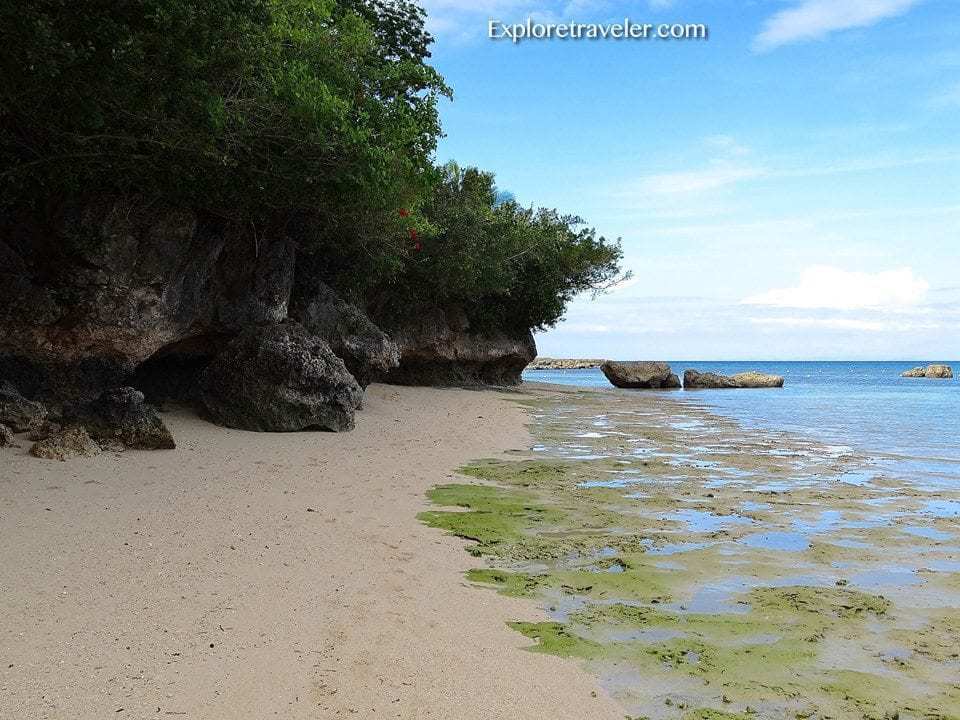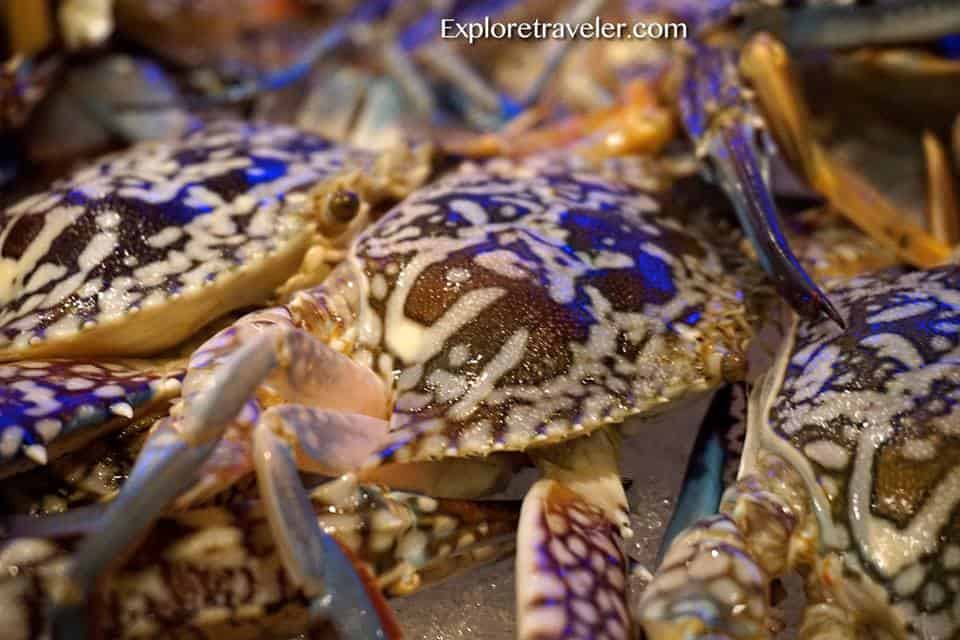Olango Island Wildlife Sanctuary: Philippines
Olango Island Wildlife Sanctuary is located on Olango Island in The Philippines. How amazing this sanctuary is! What a fun place to visit! Olango Island… Read More »Olango Island Wildlife Sanctuary: Philippines


